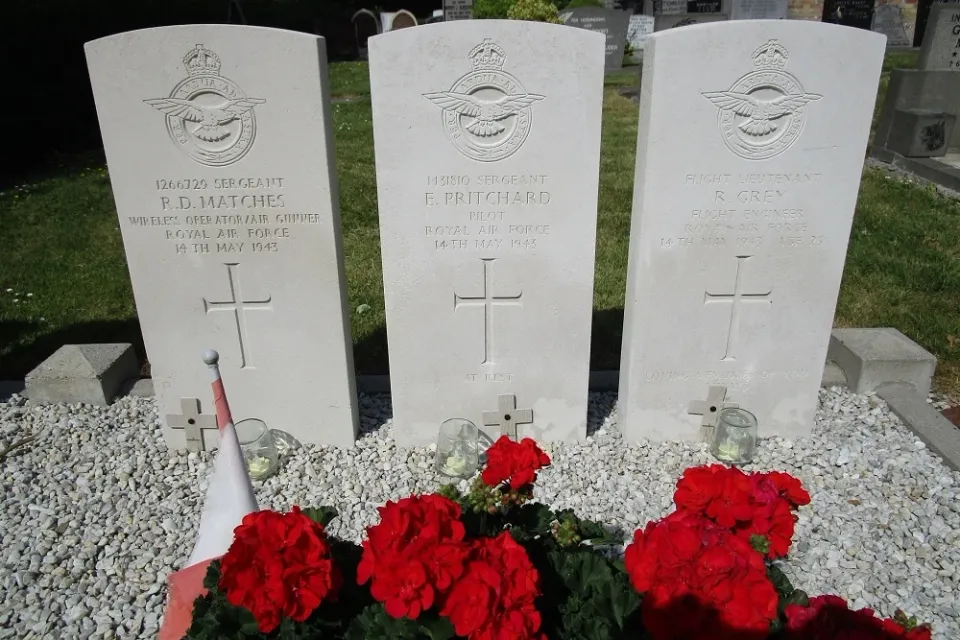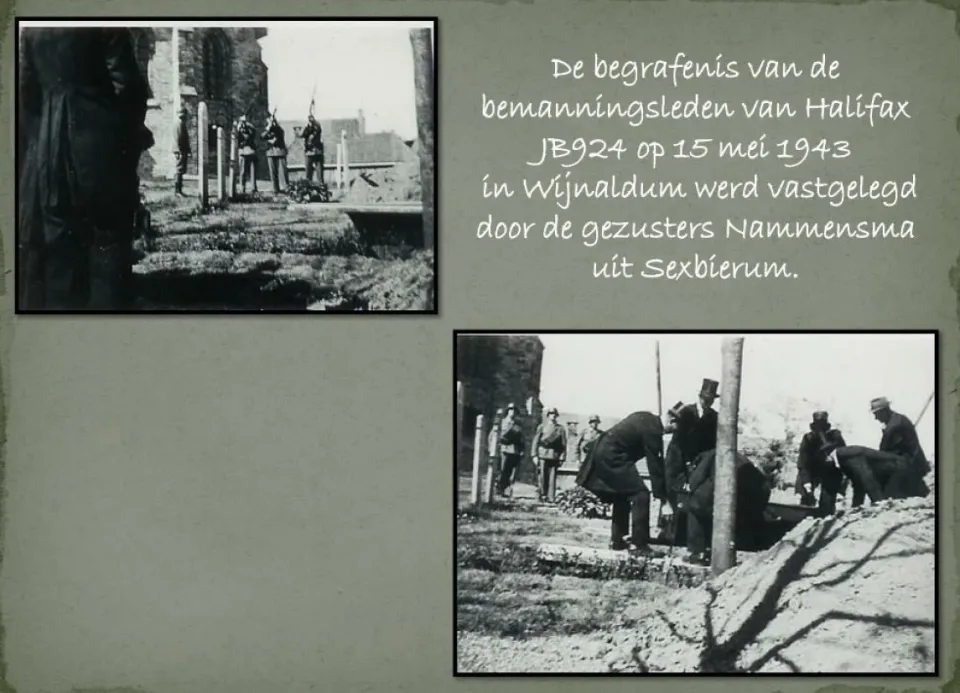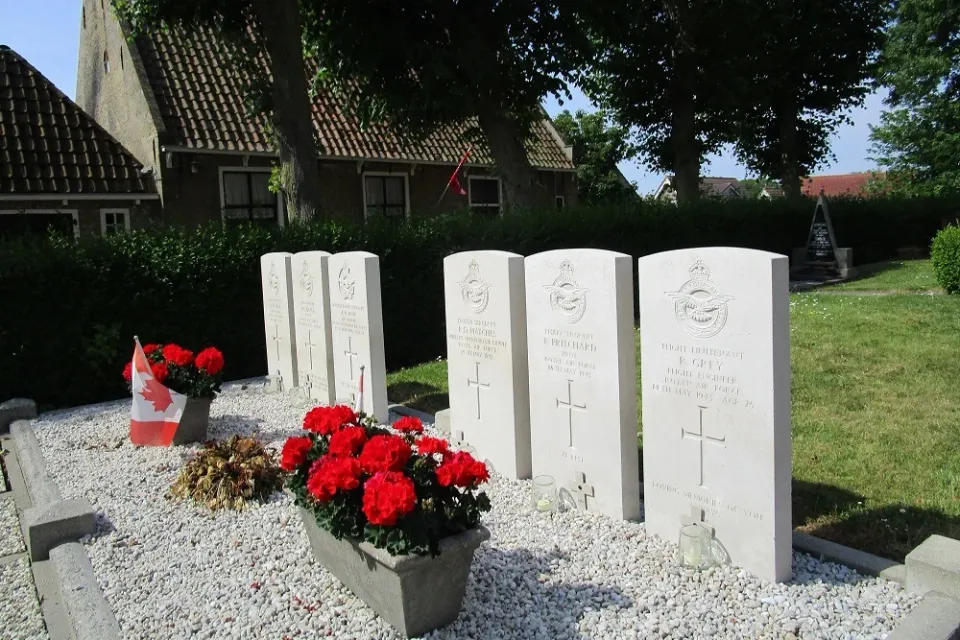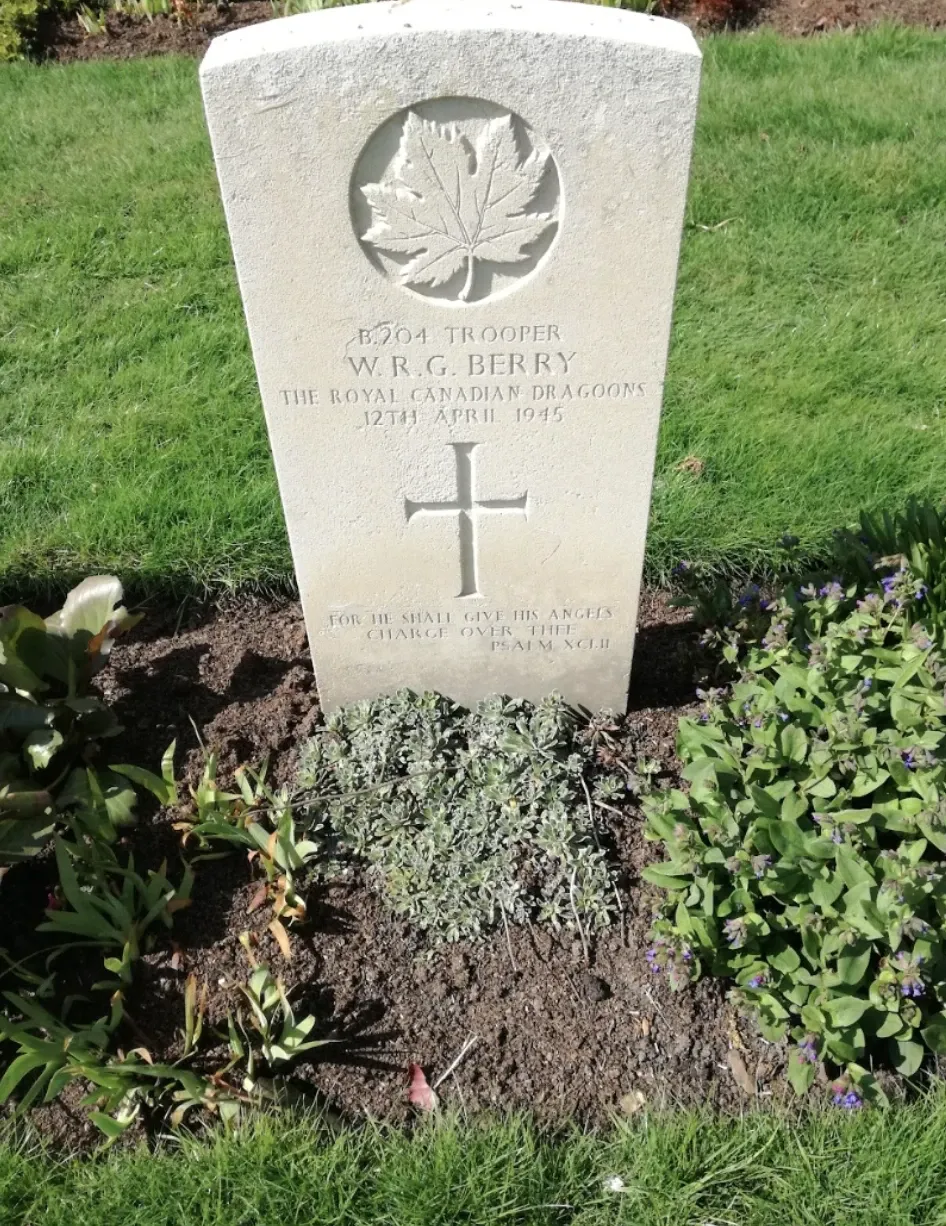Locations
889 to 912 of 5487 results
-
Van der Valk Hotel Sneek - Comfortkamer - Parkeerzijde
Van der Valk Hotel Sneek - Comfortkamer - Parkeerzijde Sneek
Sneek
Direct boekbaar
from your location
-
Boerderij Kleurrijk, wonen, werk & vertier
Boerderij Kleurrijk, wonen, werk & vertier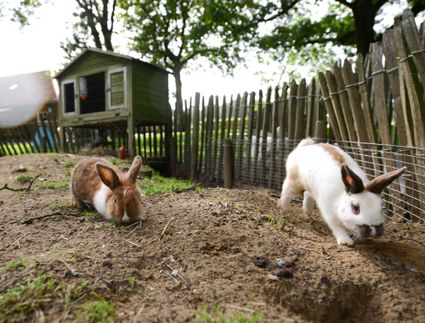 Oudemirdum
Oudemirdum
from your location
-
Camperpark 'It Tún-Hûs'
Camperpark 'It Tún-Hûs'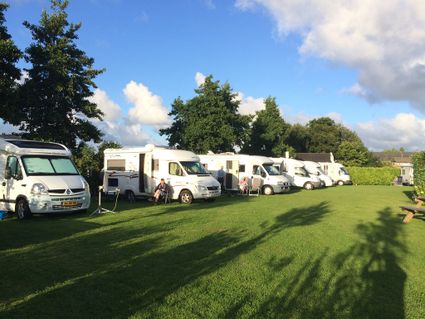 Anjum
Anjum
from your location
-
Voormalig ING gebouw
Voormalig ING gebouw Leeuwarden
Leeuwarden
from your location
-
Railway Bridge Klifrak
Railway Bridge Klifrak Workum
Workum
from your location
-
Washing lines of Sloten
Washing lines of Sloten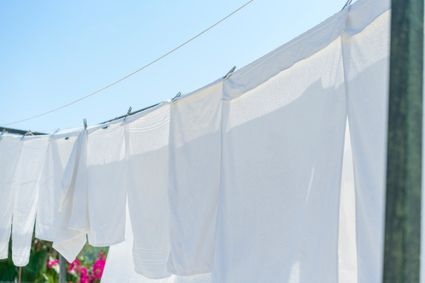 Sloten
Sloten
from your location
-
B&B Pension Perruque - Luxe Twin met aanpassingen
B&B Pension Perruque - Luxe Twin met aanpassingen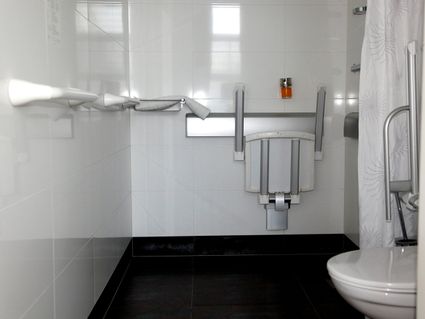 Koudum
Koudum
Direct boekbaar
from your location
-
Oorlogsgraven geallieerde vliegers
Oorlogsgraven geallieerde vliegers
Om Nazi-Duitsland te kunnen verslaan werden dag en nacht bombardement uitgevoerd op Duitse steden, industriegebieden en andere doelen. Op deze begraafplaats liggen zes geallieerde vliegers begraven die om het leven kwamen toen hun vliegtuig boven Friesland werd neergehaald door een Duitse nachtjager.
Op 13 mei 1943 om 23.17 uur vertrok vanaf RAF basis Linton-on-Ouse (bij York) de Halifax JB924 bommenwerper van het No. 78 Squadron RAF. Het toestel was onderdeel van een grote formatie vliegtuigen. Het doel van die nacht was de stad Bochum in Duitsland. Op de terugweg werd het toestel onderschept door een Duitse Messerschmitt Bf 110 nachtjager afkomstig van Fliegerhorst Leeuwarden.
De piloot was Major Helmut Lent, een rijk gedecoreerde luchtaas. Hij kreeg de Halifax al snel in zijn vizier en opende het vuur. De Halifax raakte daardoor vrijwel onbestuurbaar en was feitelijk verloren. Inmiddels bevond het toestel zich boven de Waddenzee. Pilot Officer Richard Edward Bragg deed nog een uiterste poging om het vliegtuig landinwaarts te draaien. Tijdens die manoeuvre viel de zuurstofvoorziening uit en raakte de volledige bemanning tijdelijk buiten bewustzijn.Daarop stortte het toestel naar beneden. Piloot Bragg kwam weer bij toen de Halifax nog slechts honderden meters van de grond verwijderd was. Zijn bevel om onmiddellijk te springen kon alleen nog door de navigator John Miller Farrell en de bommenrichter Harry Gell worden opgevolgd.
Gell landde met zijn parachute bij Schalsum. Ondanks een gebroken enkel zag hij kans om naar de boerderij van Attema te kruipen. Gezien zijn medische toestand en de wetenschap dat hij de familie Attema in gevaar zou brengen, bracht hem tot het besluit om zich aan de Duitsers over te geven.
Farrell kwam bij het verlaten van het vliegtuig om het leven. Waarschijnlijk heeft hij tijdens de sprong het vliegtuig geraakt.
Bragg en de rest van de bemanning kwamen om het leven toen de Halifax 14 april om 2.55 uur neerstortte in de Holleweg in Wijnaldum.
Sippie van der Meulen uit Wijnaldum was getuige van de crash:
'We zagen het vliegtuig branden. Het leek op dat moment alsof de hele wereld in brand stond. Toen we de dag daarna uit school kwamen, gingen we kijken. Er hing een Engelsman in een boom. Hij had een kapje op en een leren jas met een bontkraag aan. Het stonk daar vreselijk, volgens mij was de ontbinding al aan de gang. Op de dag van de begrafenis huilde iedereen. Wij huilden ook mee, want we vonden het wel zielig.'Tijdens de oorlog werden ruim vierhonderd geallieerde vliegtuigen boven Friesland neergehaald. Hierbij kwamen honderden bemanningsleden om het leven.
Bij de crash van Halifax JB924 kwamen om het leven:
De Canadezen:
-
Warrant Officer Class ll John Miller Farrell (begraven op het Kerkhof bij de Protestante kerk in Dongjum)
-
Flight Sergeant Allan Alfred Kew
De Britten:
-
Sergeant David Baxter
-
Pilot Officer Richard Edward Bragg
-
Flight Lieutenant Robert Grey
-
Sergeant Rodger David Matches
-
Sergeant Edwin Pritchard
 Wijnaldum
Wijnaldum
from your location
-
-
Delfstrahuizen-Echtenerbrug
Delfstrahuizen-Echtenerbrug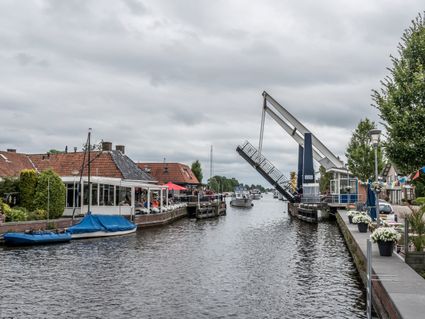 Delfstrahuizen
Delfstrahuizen
from your location
-
Aan het Water - Torenwoning GB 28
Aan het Water - Torenwoning GB 28 Heeg
Heeg
Direct boekbaar
from your location
-
Ambush at Oldeholtpade
Ambush at Oldeholtpade
On 12 April, the bridge over the Tjonger in Mildam fell into the hands of the Royal Canadian Dragoons reconnaissance regiment. Because the occupier had blown up many other bridges, the Canadians attached great importance to preserving this bridge for the crossing of other Canadian units. That is why dozens of armoured cars, mobile artillery guns and numerous other vehicles were sent to Mildam that day to reinforce the bridgehead over the Tjonger.
In one of those armoured cars, a Staghound, was 24-year-old Trooper Wilfred Robert George Berry from Ontario. The young Canadian had volunteered for military service in Europe. And had already fought with the Royal Canadian Dragoons in Italy. At the end of February 1945, they were transferred to Northwest Europe.
For Berry, the war ended in Friesland. In Oldeholtpade, on the road to Wolvega, his vehicle drove into an ambush along with at least one other Staghound. In the vicinity of a broken-down German car, German soldiers had hidden with Panzerfausts. The Panzerfaust was a very powerful and easy-to-use anti-tank weapon. The first shot missed, but the second projectile hit the front Staghound, on the side where driver Wilfred Berry was sitting at the time.2 The Staghound went off the road and overturned. The three other crew members got injured, but were able to leave the vehicle and took cover behind the second Staghound. One of them stated:
"[…]Flames burst through the turret, where the officer and I were half in and half out of the hatches. Any skin surface not covered was burned and the flames badly singed our eyebrows, eyelashes, moustaches and hands, sending me and the officer both wounded to the field hospital."3
Immediately after the first Staghound was hit, the second Staghound opened fire on the Germans. Seriously injured, Wilfred Berry remained in the vehicle. After about fifteen minutes of shooting back and forth, the other Staghounds retreated towards Oldeberkoop. The exact reason for this remains unclear. Berry was already dying and was briefly cared for by the elderly Andriesje Dekker-Oosterhof in the vehicle when the shooting had stopped. The tragedy had unfolded right in front of her house. He died in the wreck shortly afterwards.
Berry's remains were eventually transferred to the farm on "De Bult" in Oldeberkoop and buried there. After the war he would be reburied at the Canadian war cemetery in Holten. The other crew members were eventually able to return to their units after receiving medical treatment. The commander only had burns on his face.
The event made a deep impression on the inhabitants of Oldeholtpade. In 1945, a monument to Berry was erected. And in 1965, a street was named in his honour.
 Oldeholtpade
Oldeholtpade
from your location
-
-
Zeevisserssnik: oud vissersschip Paesens
Zeevisserssnik: oud vissersschip Paesens Paesens
Paesens
from your location
-
Hotelletje de Veerman
Hotelletje de Veerman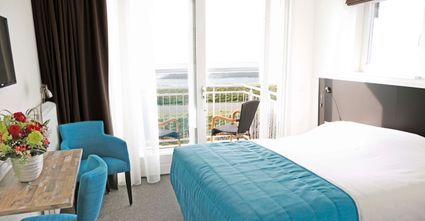 Vlieland
Vlieland
from your location
-
Hotel Appelscha
Hotel Appelscha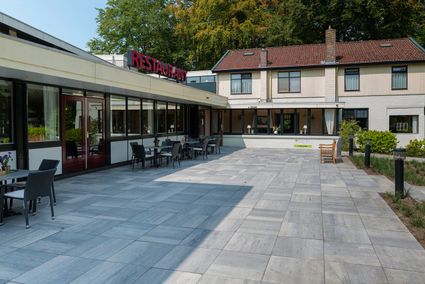 Appelscha
Appelscha
from your location
-
Boshuis Bambi
Boshuis Bambi Oudemirdum
Oudemirdum
Direct boekbaar
from your location
-
Loetje Leeuwarden
Loetje Leeuwarden Leeuwarden
Leeuwarden
from your location
-
Rederij Vooruit
Rederij Vooruit Harlingen
Harlingen
from your location
-
Camping De Verborgen Hoek
Camping De Verborgen Hoek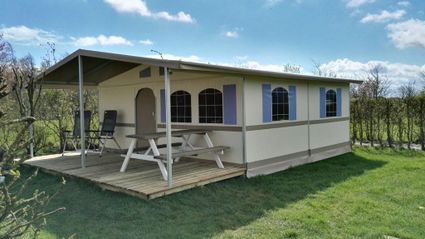 Harich
Harich
from your location
-
Walloon Church
Walloon Church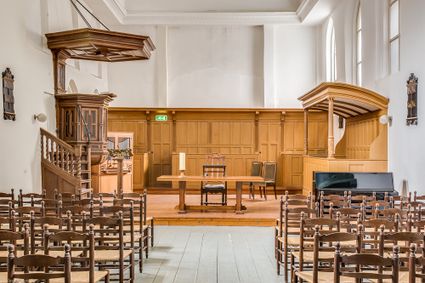 Leeuwarden
Leeuwarden
from your location
-
Nero: coffee & foodbar
Nero: coffee & foodbar Leeuwarden
Leeuwarden
from your location
-
De Sluisfabriek
De Sluisfabriek Drachten
Drachten
from your location
-
Eindpunt route Leven met het water
-


Accept cookies to see this content.
Eindpunt route Leven met het water
 Wolvega
Wolvega
from your location
-
-
Steenbakkerij Oostrum
Steenbakkerij Oostrum Oostrum
Oostrum
from your location
-
Streekwinkel it silt
Streekwinkel it silt Minnertsga
Minnertsga
from your location


